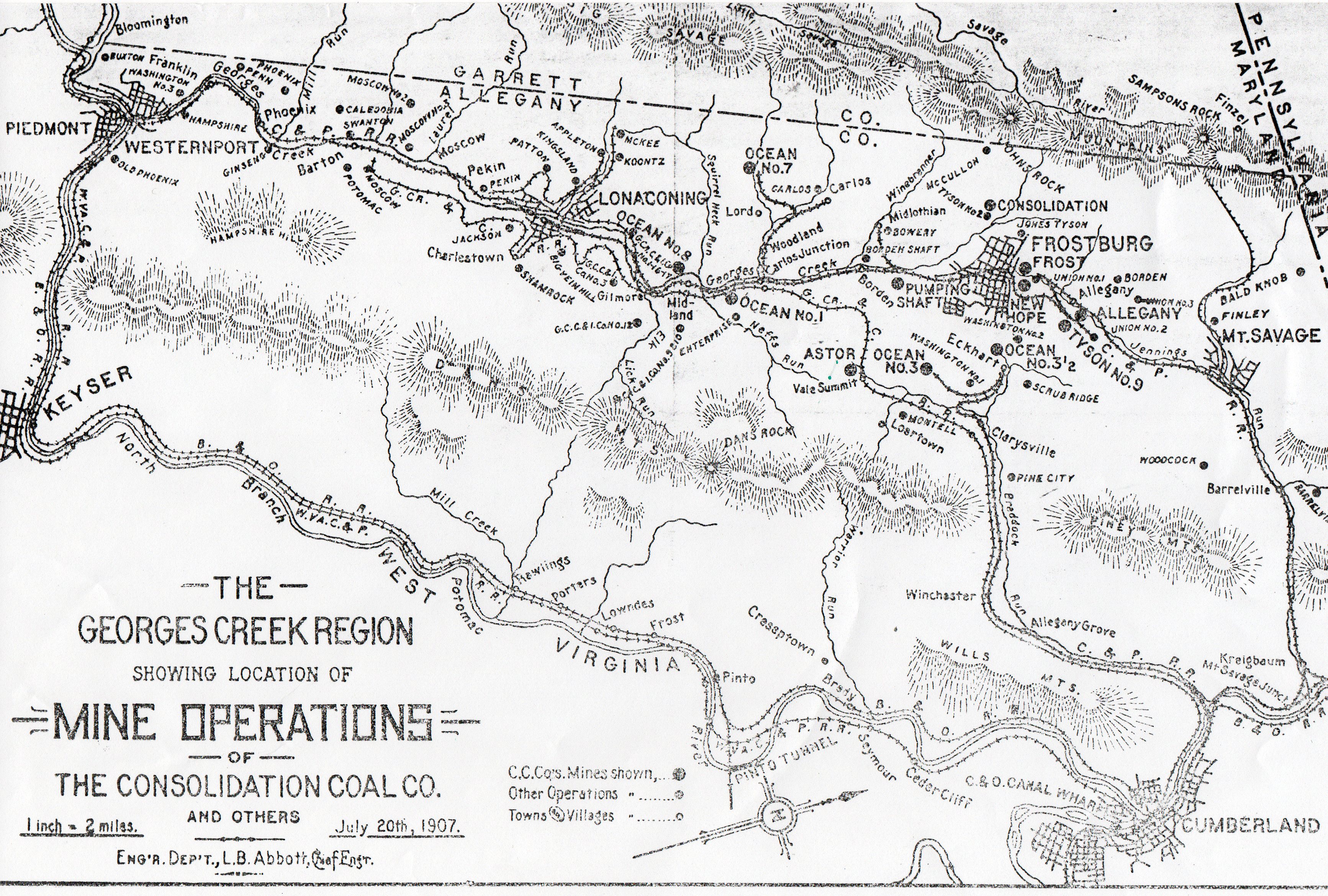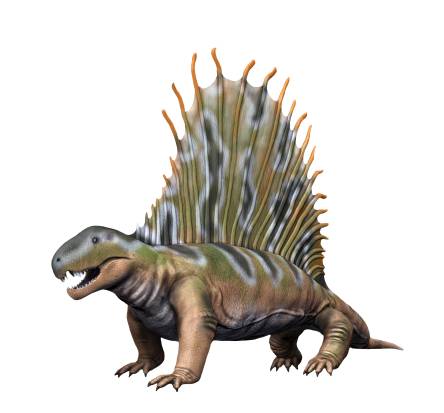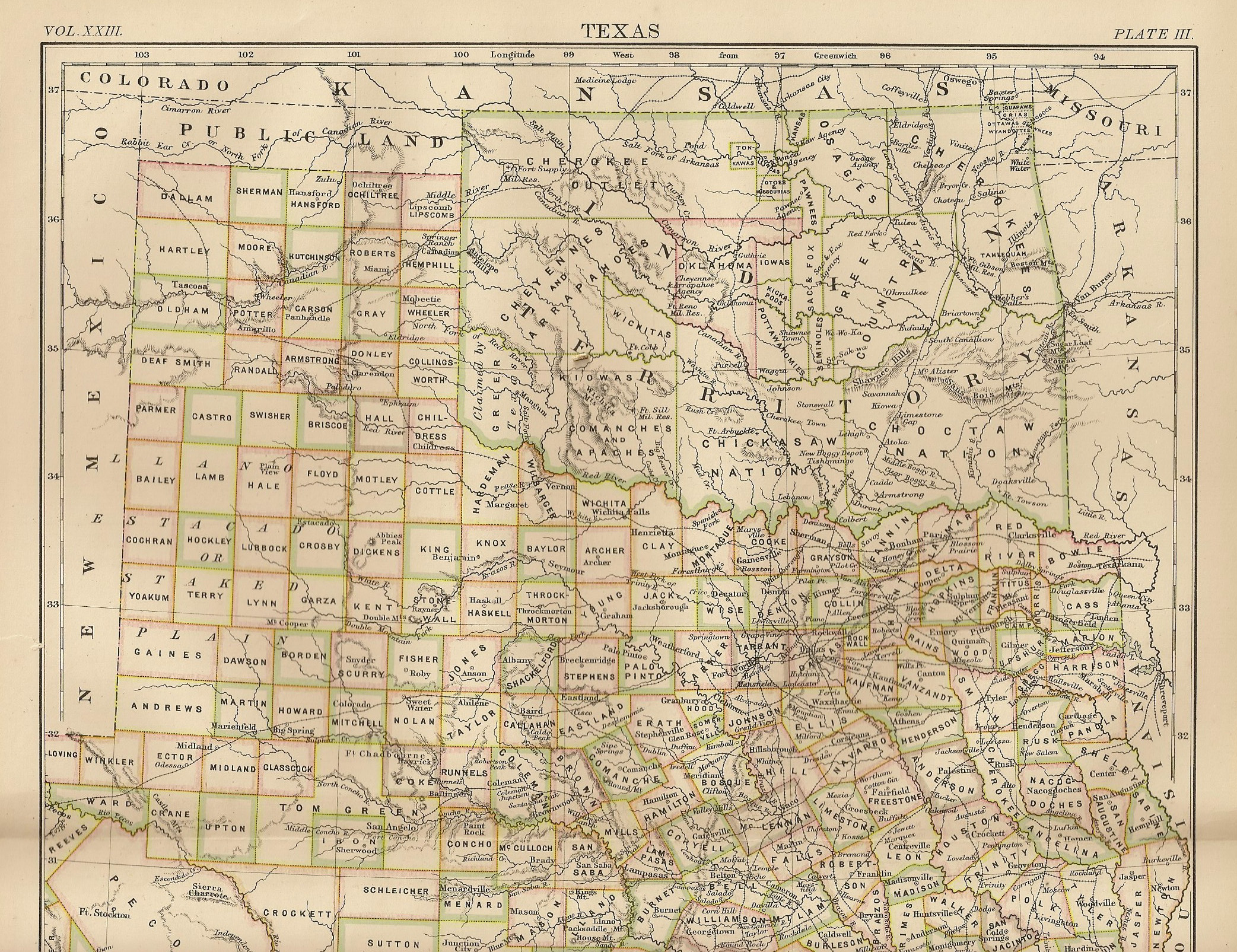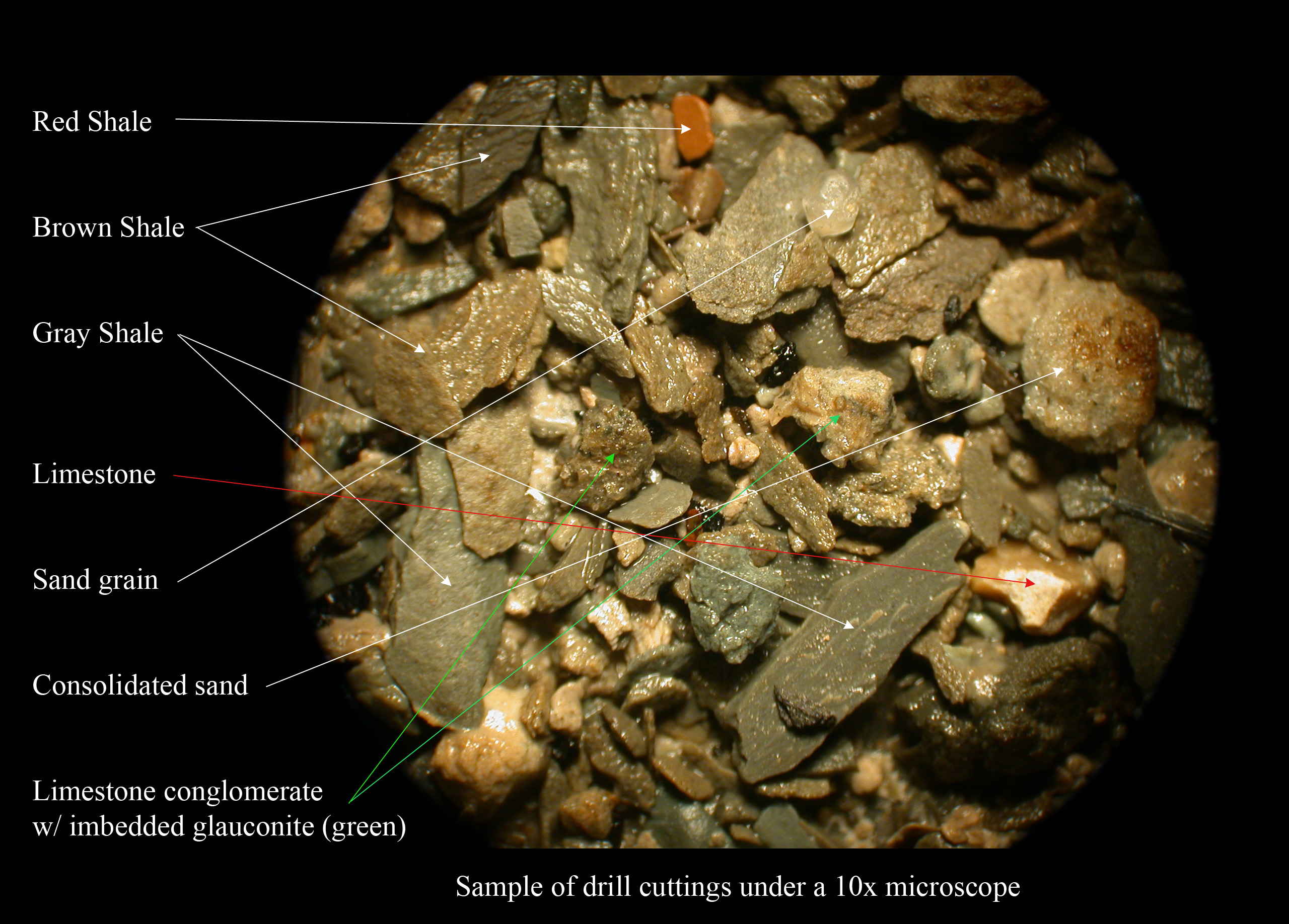|
Dunkard Group
The Permian Dunkard Group (Pd) is an area of rock, Early Permian in age, in the south of Ohio, southwestern Pennsylvania, West Virginia and the hilltops of the Georges Creek Basin of Maryland. In Ohio, it is found primarily in Washington County. It is notable for being one of the few areas of Permian sediment east of the Mississippi River. In addition, it is the youngest surface rock in the state of Ohio. Description It consists of red and green shale, siltstone, and sandstone, with thin lenticular beds of argillaceous limestone and thin beds of impure coal The base of the layer contains thick-bedded, white conglomeratic sandstone. The layer's thickness is greater than 200 feet in Maryland. The fossils found in the Dunkard Group are similar to ones found in Texas and Oklahoma of similar age. Fossil content * ''Dimetrodon'' * '' Ctenospondylus'' * ''Archaeothyris'' * ''Edaphosaurus'' * ''Eryops'' * ''Xenacanthus'' * ''Ophiacodon'' * '' Diploceraspis'' * ''Diplocaulus'' * ' ... [...More Info...] [...Related Items...] OR: [Wikipedia] [Google] [Baidu] |
Lower Permian
The Cisuralian is the first series/epoch of the Permian. The Cisuralian was preceded by the Pennsylvanian and followed by the Guadalupian. The Cisuralian Epoch is named after the western slopes of the Ural Mountains in Russia and Kazakhstan and dates between 298.9 ± 0.15 – 272.3 ± 0.5 Mya. The Cisuralian is often synonymous with the informal terms early Permian or lower Permian. It corresponds approximately with the Wolfcampian in southwestern North America. The series saw the appearance of beetles and flies and was a relatively stable warming period of about 21 million years. Name and background The Cisuralian is the first series or epoch of the Permian. The Cisuralian was preceded by the last Pennsylvanian epoch (Gzhelian) and is followed by the Permian Guadalupian Epoch. The name "Cisuralian" was proposed in 1982, and approved by the International Subcommission on Permian Stratigraphy in 1996. The Cisuralian Epoch is named after the western slopes of the Ural Mountain ... [...More Info...] [...Related Items...] OR: [Wikipedia] [Google] [Baidu] |
Georges Creek Basin
Georges Creek Valley is located in Allegany County, Maryland along the Georges Creek. The valley is rich in wide veins of coal, known historically as "The Big Vein." Coal was once extracted by deep mines but is only mined today through surface mining. The Georges Creek Valley was once a major center for the US coal industry. History A series of small mining towns were founded along the Georges Creek Valley in the nineteenth century when coal was discovered in the region. This led mining companies in the valley to develop railroads for transporting the coal. Some of these railroads were merged into the Cumberland and Pennsylvania Railroad System between 1853 and 1870. A competing railroad, the George's Creek and Cumberland Railroad, operated in the valley between 1876 and 1917, followed by the Western Maryland Railway. Most of the original settlers to the Valley came in response to the abundance of jobs available in the coal mines. Many were Irish, but German, Scottish, a ... [...More Info...] [...Related Items...] OR: [Wikipedia] [Google] [Baidu] |
Archaeothyris
''Archaeothyris'' is an extinct genus of ophiacodontid synapsid that lived during the Late Carboniferous and is known from Nova Scotia. Dated to 306 million years ago, ''Archaeothyris'', along with a more poorly known synapsid called '' Echinerpeton'', are the oldest undisputed synapsids known. The name means ''ancient window'' (Greek), and refers to the opening in the skull, the temporal fenestra, which indicates this is an early synapsid. '' Protoclepsydrops'' also from Nova Scotia is slightly older but is known by very fragmentary materials. Description ''Archaeothyris'' was more advanced than the early sauropsids, having strong jaws that could open wider than those of the early reptiles. While its sharp teeth were all of the same size & shape, it did possess a pair of enlarged canines, suggesting that it was a carnivore. Archaeothyris' legs were articulated laterally at its pelvis and shoulders, which gave it a sprawling stance. The first toe is smaller than the second. ... [...More Info...] [...Related Items...] OR: [Wikipedia] [Google] [Baidu] |
Ctenospondylus
''Ctenospondylus'' ("comb vertebra") is an extinct genus of sphenacodontid synapsid Species were about three meters (ten feet) long. The genus is known only from the 'Seymouran' Land Vertebrate Faunachron, which is equivalent to the upper part of the Artinskian stage and the lowermost Kungurian stage of the Early Permian. Its fossils were found in the U.S. states of Ohio and Texas. It was a carnivore and preyed upon animals close to its size. ''Ctenospondylus'' had a long tail, short back spines, and a very deep yet narrow skull with massive jaws that had sharp teeth. Because of its large size, it was probably the apex predator in its environment, and might have competed with other predators like ''Dimetrodon'' for food. A sphenacodontid, it was a close relative of ''Dimetrodon''. In 1936, Alfred Sherwood Romer named the type species ''Ctenospondylus casei''. The generic name, from Greek κτείς, ''kteis'', "comb", and σφόνδυλος, ''sphondylos'', "vertebra", referred ... [...More Info...] [...Related Items...] OR: [Wikipedia] [Google] [Baidu] |
Dimetrodon
''Dimetrodon'' ( or ,) meaning "two measures of teeth,” is an extinct genus of non- mammalian synapsid that lived during the Cisuralian (Early Permian), around 295–272 million years ago (Mya). It is a member of the family Sphenacodontidae. The most prominent feature of ''Dimetrodon'' is the large neural spine sail on its back formed by elongated spines extending from the vertebrae. It walked on four legs and had a tall, curved skull with large teeth of different sizes set along the jaws. Most fossils have been found in the Southwestern United States, the majority coming from a geological deposit called the Red Beds of Texas and Oklahoma. More recently, its fossils have been found in Germany. Over a dozen species have been named since the genus was first erected in 1878. ''Dimetrodon'' is often mistaken for a dinosaur or as a contemporary of dinosaurs in popular culture, but it became extinct some 40 million years before the first appearance of dinosaurs. Rept ... [...More Info...] [...Related Items...] OR: [Wikipedia] [Google] [Baidu] |
Oklahoma
Oklahoma (; Choctaw language, Choctaw: ; chr, ᎣᎧᎳᎰᎹ, ''Okalahoma'' ) is a U.S. state, state in the South Central United States, South Central region of the United States, bordered by Texas on the south and west, Kansas on the north, Missouri on the northeast, Arkansas on the east, New Mexico on the west, and Colorado on the northwest. Partially in the western extreme of the Upland South, it is the List of U.S. states and territories by area, 20th-most extensive and the List of U.S. states and territories by population, 28th-most populous of the 50 United States. Its residents are known as Oklahomans and its capital and largest city is Oklahoma City. The state's name is derived from the Choctaw language, Choctaw words , 'people' and , which translates as 'red'. Oklahoma is also known informally by its List of U.S. state and territory nicknames, nickname, "Sooners, The Sooner State", in reference to the settlers who staked their claims on land before the official op ... [...More Info...] [...Related Items...] OR: [Wikipedia] [Google] [Baidu] |
Texas
Texas (, ; Spanish language, Spanish: ''Texas'', ''Tejas'') is a state in the South Central United States, South Central region of the United States. At 268,596 square miles (695,662 km2), and with more than 29.1 million residents in 2020, it is the second-largest U.S. state by both List of U.S. states and territories by area, area (after Alaska) and List of U.S. states and territories by population, population (after California). Texas shares borders with the states of Louisiana to the east, Arkansas to the northeast, Oklahoma to the north, New Mexico to the west, and the Mexico, Mexican States of Mexico, states of Chihuahua (state), Chihuahua, Coahuila, Nuevo León, and Tamaulipas to the south and southwest; and has a coastline with the Gulf of Mexico to the southeast. Houston is the List of cities in Texas by population, most populous city in Texas and the List of United States cities by population, fourth-largest in the U.S., while San Antonio is the second most pop ... [...More Info...] [...Related Items...] OR: [Wikipedia] [Google] [Baidu] |
Conglomerate (geology)
Conglomerate () is a clastic sedimentary rock that is composed of a substantial fraction of rounded to subangular gravel-size clasts. A conglomerate typically contains a matrix of finer-grained sediments, such as sand, silt, or clay, which fills the interstices between the clasts. The clasts and matrix are typically cemented by calcium carbonate, iron oxide, silica, or hardened clay. Conglomerates form by the consolidation and lithification of gravel. They can be found in sedimentary rock sequences of all ages but probably make up less than 1 percent by weight of all sedimentary rocks. In terms of origin and depositional mechanisms, they are closely related to sandstones and exhibit many of the same types of sedimentary structures, e.g., tabular and trough cross-bedding and graded bedding.Boggs, S. (2006) ''Principles of Sedimentology and Stratigraphy.'', 2nd ed. Prentice Hall, New York. 662 pp. Friedman, G.M. (2003) ''Classification of sediments and sedimentary rocks ... [...More Info...] [...Related Items...] OR: [Wikipedia] [Google] [Baidu] |
Limestone
Limestone ( calcium carbonate ) is a type of carbonate sedimentary rock which is the main source of the material lime. It is composed mostly of the minerals calcite and aragonite, which are different crystal forms of . Limestone forms when these minerals precipitate out of water containing dissolved calcium. This can take place through both biological and nonbiological processes, though biological processes, such as the accumulation of corals and shells in the sea, have likely been more important for the last 540 million years. Limestone often contains fossils which provide scientists with information on ancient environments and on the evolution of life. About 20% to 25% of sedimentary rock is carbonate rock, and most of this is limestone. The remaining carbonate rock is mostly dolomite, a closely related rock, which contains a high percentage of the mineral dolomite, . ''Magnesian limestone'' is an obsolete and poorly-defined term used variously for dolomite, for lime ... [...More Info...] [...Related Items...] OR: [Wikipedia] [Google] [Baidu] |
Argillaceous
Clay minerals are hydrous aluminium phyllosilicates (e.g. kaolin, Al2 Si2 O5( OH)4), sometimes with variable amounts of iron, magnesium, alkali metals, alkaline earths, and other cations found on or near some planetary surfaces. Clay minerals form in the presence of water and have been important to life, and many theories of abiogenesis involve them. They are important constituents of soils, and have been useful to humans since ancient times in agriculture and manufacturing. Properties Clay is a very fine-grained geologic material that develops plasticity when wet, but becomes hard, brittle and non–plastic upon drying or firing. It is a very common material, and is the oldest known ceramic. Prehistoric humans discovered the useful properties of clay and used it for making pottery. The chemistry of clay, including its capacity to retain nutrient cations such as potassium and ammonium, is important to soil fertility. Because the individual particles in clay are less than ... [...More Info...] [...Related Items...] OR: [Wikipedia] [Google] [Baidu] |
Lens (geology)
In geology, a lens or lentil is a body of ore or rock that is thick in the middle and thin at the edges, resembling a convex lens in cross-section. To thin out in all directions is to "lens out", also known as "lensing". The adjectives "lenticular" and "lentiform" are used to describe lens-like formations. Lenticle is a synonym for lentil, but may also refer to a fragment of rock that is lens-shaped. "Lenticule" is used for small lentil. A lentil may also refer a minor unit in a formation of rock, similar to a member but not generally spread out over a large geographical area. In this usage, the lentil thins out towards its edges. Lenticular bedding is a special form of rock interbedded mudrock and cross-laminated rippled sandstone Sandstone is a clastic sedimentary rock composed mainly of sand-sized (0.0625 to 2 mm) silicate grains. Sandstones comprise about 20–25% of all sedimentary rocks. Most sandstone is composed of quartz or feldspar (both silica ... [...More Info...] [...Related Items...] OR: [Wikipedia] [Google] [Baidu] |
Shale
Shale is a fine-grained, clastic sedimentary rock formed from mud that is a mix of flakes of clay minerals (hydrous aluminium phyllosilicates, e.g. kaolin, Al2 Si2 O5( OH)4) and tiny fragments (silt-sized particles) of other minerals, especially quartz and calcite.Blatt, Harvey and Robert J. Tracy (1996) ''Petrology: Igneous, Sedimentary and Metamorphic'', 2nd ed., Freeman, pp. 281–292 Shale is characterized by its tendency to split into thin layers ( laminae) less than one centimeter in thickness. This property is called '' fissility''. Shale is the most common sedimentary rock. The term ''shale'' is sometimes applied more broadly, as essentially a synonym for mudrock, rather than in the more narrow sense of clay-rich fissile mudrock. Texture Shale typically exhibits varying degrees of fissility. Because of the parallel orientation of clay mineral flakes in shale, it breaks into thin layers, often splintery and usually parallel to the otherwise indistinguishable bed ... [...More Info...] [...Related Items...] OR: [Wikipedia] [Google] [Baidu] |







